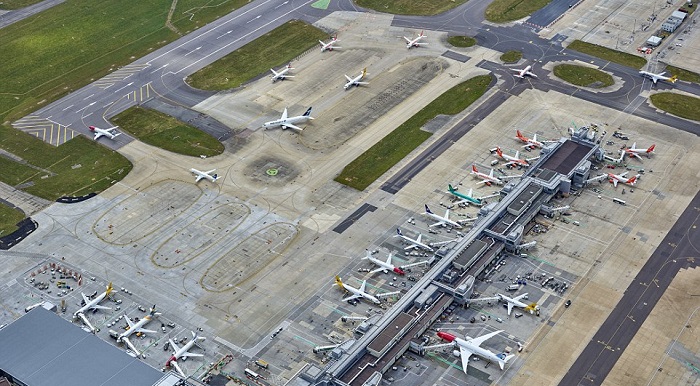The goal of Threat and Error Management (TEM) is to reducing airport accidents with the dual process of both Identifying the potential threats (Hazards) and by developing avoidance behaviours (Mitigations).
Effective aerodrome Safety Management System risk management requires a significant effort from all stakeholders including the Regulatory Authority as well as the Airport Authority.
Guidance is required regarding best practice to provide for oversight and support to ensure effective hazard identification and risk assessment.
Whilst the accountable executive and senior management are permitted to delegate safety responsibilities to persons, who are qualified including appropriate competencies related to the subject matter. However, the senior group may not divest them self of the accountability for the delivery of the Safety Management System
SMS is all about identifying exposure analysing to determine the potential solutions with the understanding that mitigation strategies based on technical solutions (hard mitigations) are usually going to be more effective.
Examples of Aerodrome threats include
Inadequate Runway Construction – Runways not constructed and maintained to maximize effective friction and drainage.
Environmental and continuous Management of Runways – Inadequate snow and ice control plan.
Ability to assess runway friction to ensure ongoing safety.
Runway & Taxiway Markings – Incorrect, deteriorated or obscured runway markings
Status Communication – Inadequate, outdate, or wrong Notice to Airman information (NOTAMs) in particular where related to runway construction or condition.
Delivering threat and Error Management (TEM)
Essentially TEM considers the interaction between safety and human performance, focused on the delivery of operational activities and experiences.
By looking at the relationship between the various elements with the system and considering in the context of both human and system performance from a safety perspective.
We understand that Humans commit error and it will continue to occur – however we also know that errors do not occur in isolation, rather they are generally the result of failures at a systemic level. This knowledge provides an opportunity to understand the pre cursors and to effect change.
Understanding TEM Terminology
Threats – influences that are beyond the direct control of the people performing the work tasks and
Threat Management strategies and countermeasures – The actions of those performing operational tasks used to manage safety.
Latent Threat – Not obvious to the flight crew and generally hidden within the system.
Overt Threats – Are present on the day and are either anticipated or unexpected by the crew.
Threat Management strategies and countermeasures – Are intended to intervene between the perceived or identified threat and the need for a physical task to be performed.
Developing Safety behaviours, guidelines and tools would be a typical example of such measures to manage TEM.
Sofema Aviation Services offers a range of EASA compliant vocational and regulatory training. For any comments or questions please email office@sassofia.com
Tags:
Aerodrome, Aviation Safety Management System, SMS, tem, Threat and Error Management




